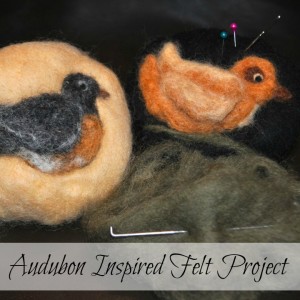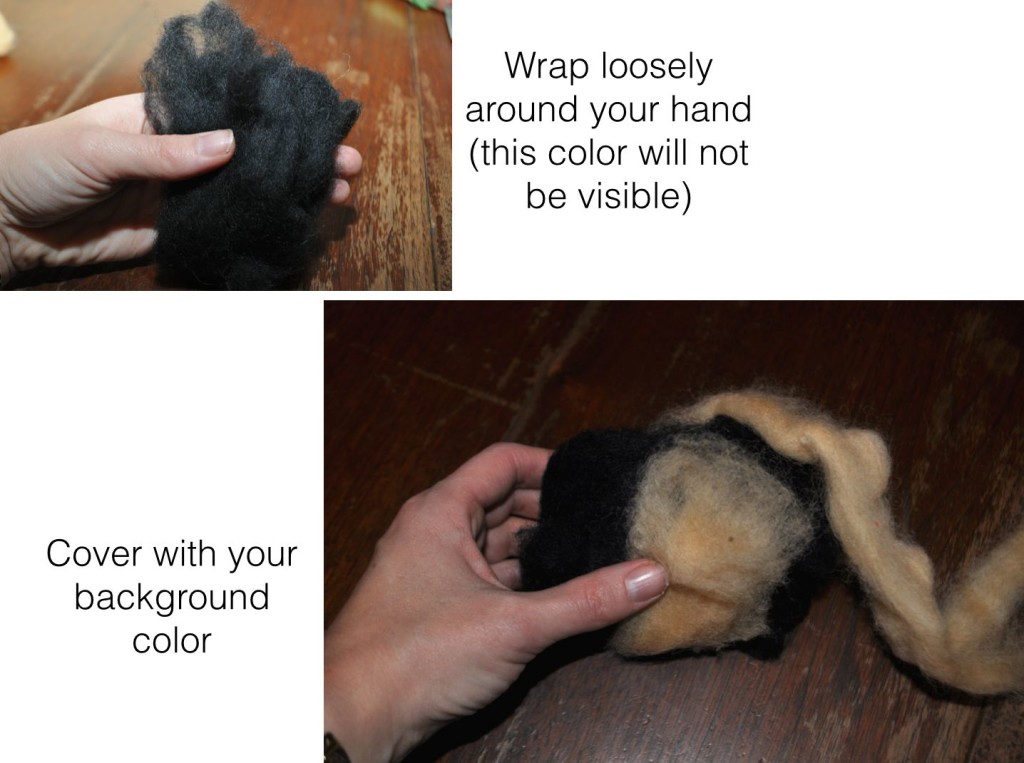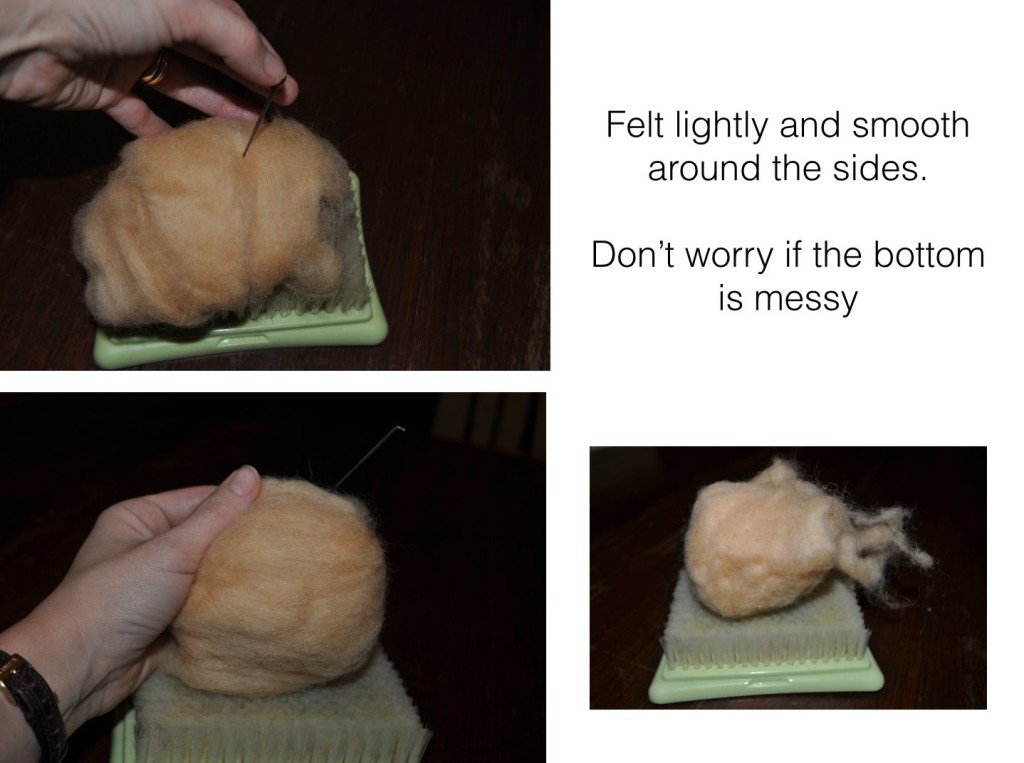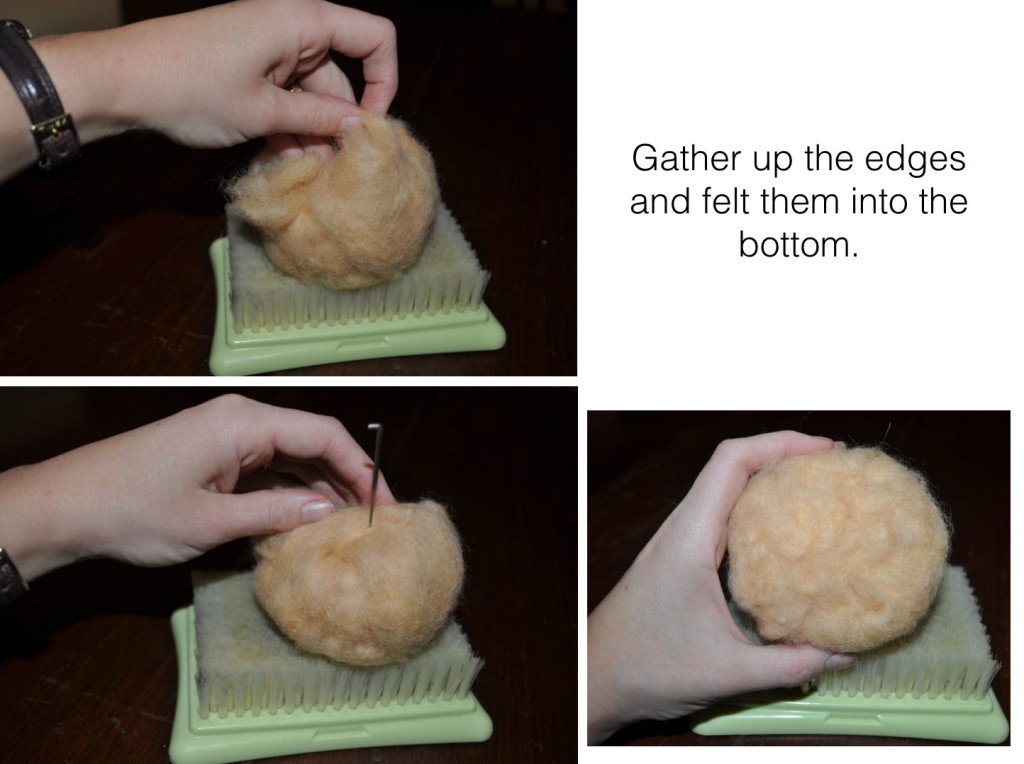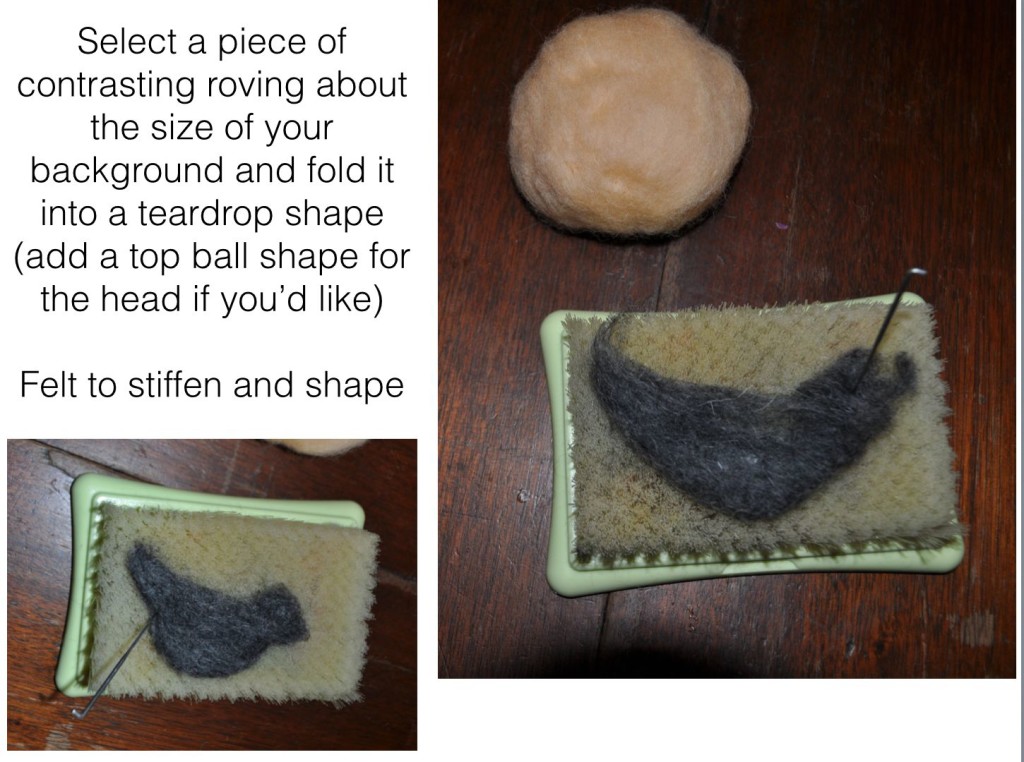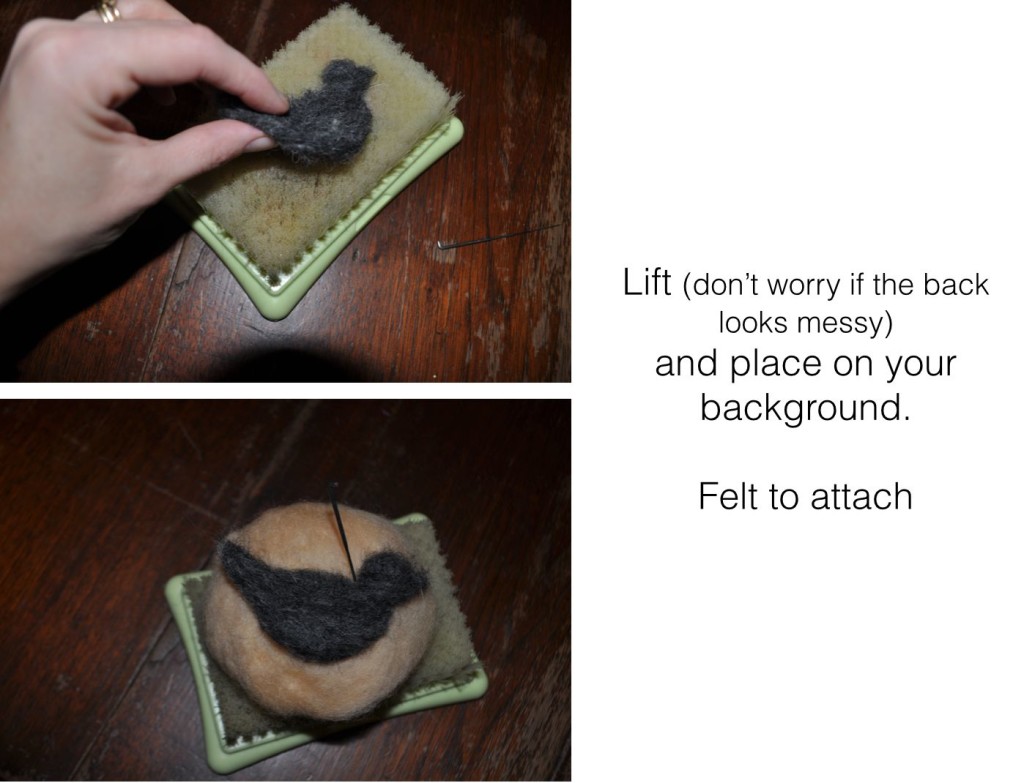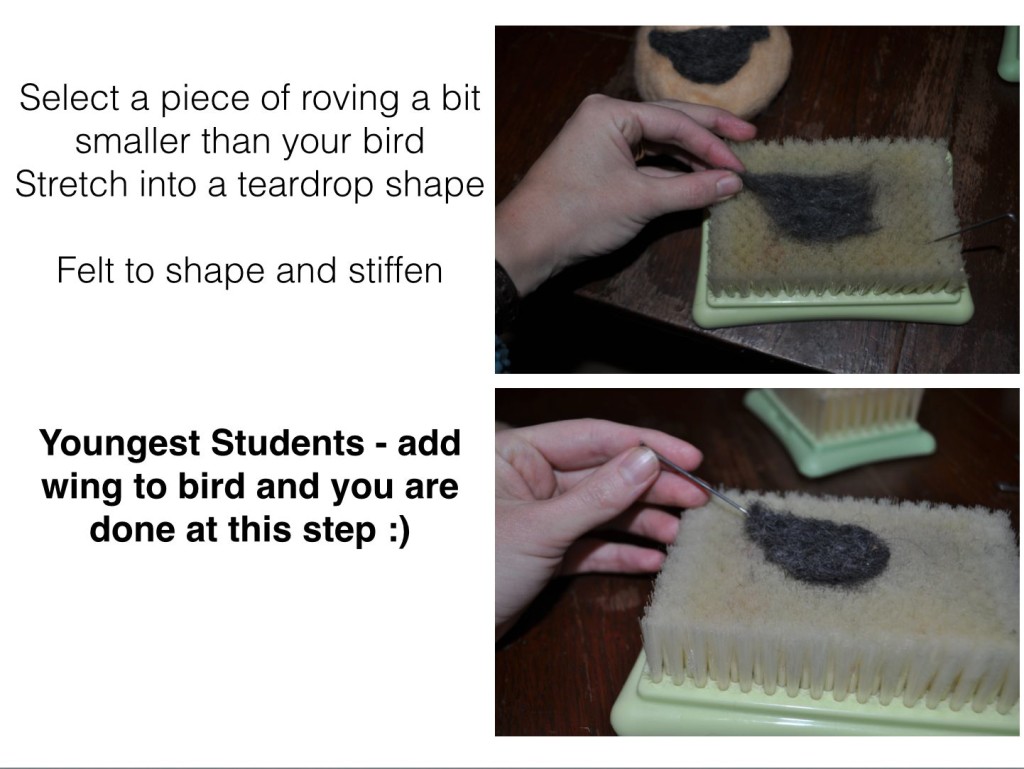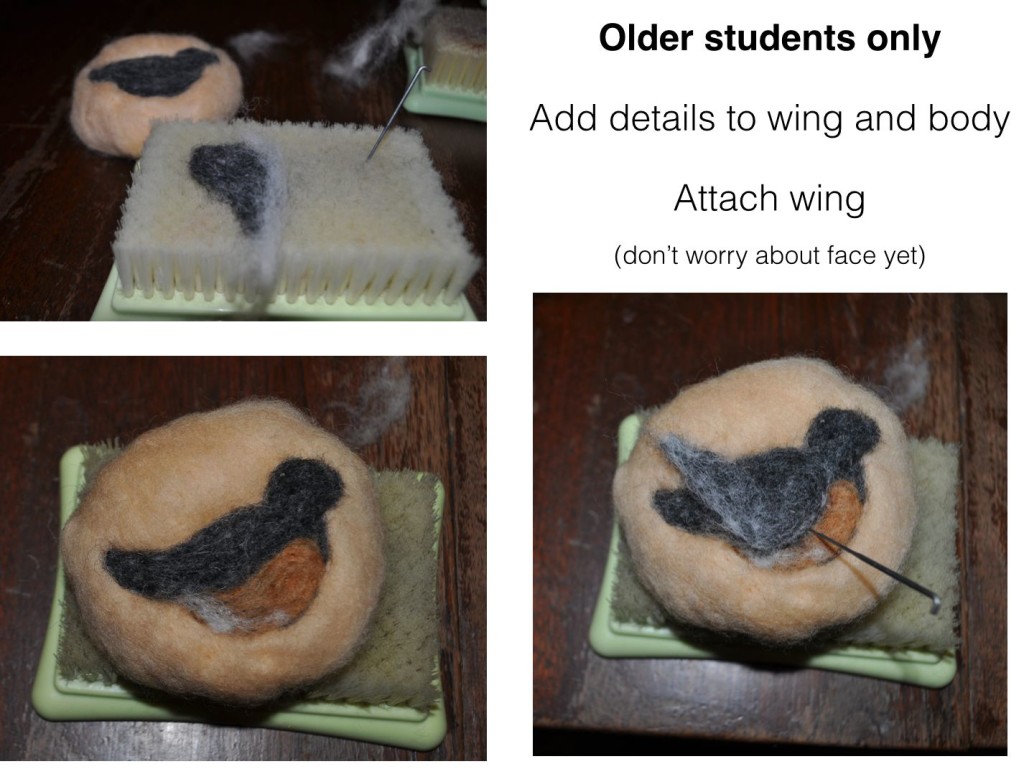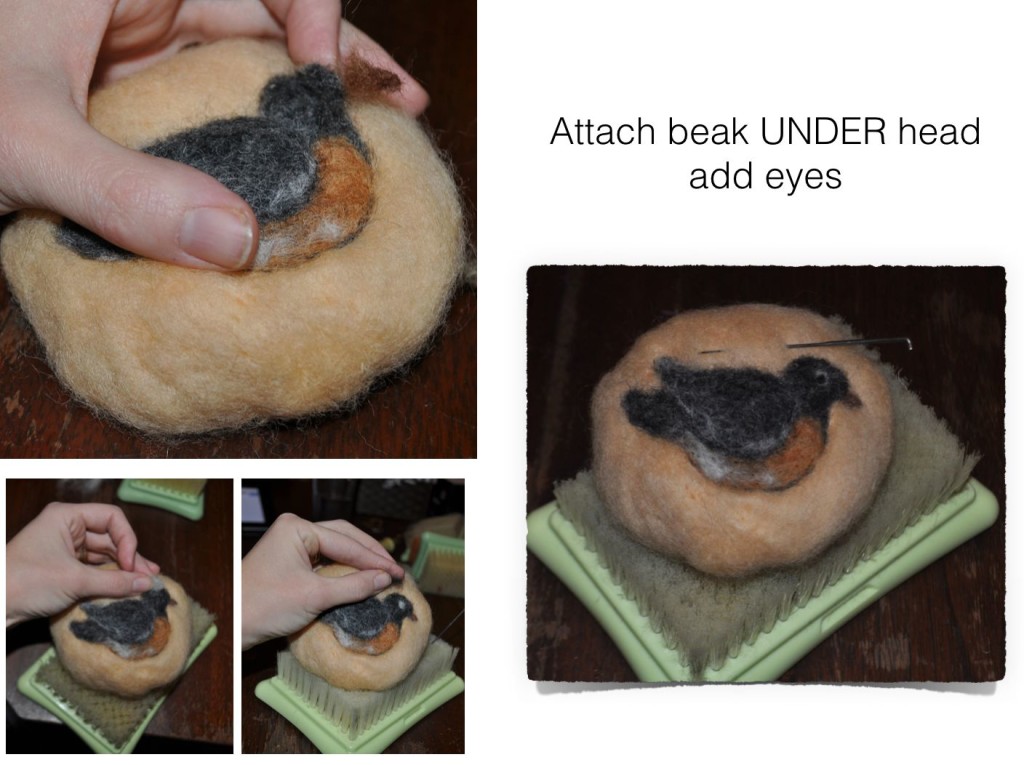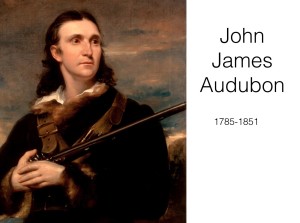
by John Syme
1826
Oil on Canvas
White House Historical Collection, Washington DC
People have always painted birds. They are visible on everything from cave walls to golden goblets, but they are often stoic and lifeless. John James Audubon brought bird paintings to life with his accuracy and context.
Unfortunately, in order to achieve this Audubon hunted many birds. He would then use wires and pins to position the bird while he sketched it. Can you imagine the stench of rotting bird while he worked? It must have been rather unpleasant.
Audubon was a perfectionist, regularly burning his paintings because he didn’t consider them to be “good enough.” Despite his own self-criticism, Audubon loved his work and was able to sell his images, but he did so in a unique way. People subscribed, as you would for a magazine, with new images arriving at set intervals.
It was a long expensive process to create prints. His original was traced (engraved) onto copper, and chemicals were added to deepen the lines. Ink was then rolled onto the plate and paper pressed into it. Color was then added by hand by multiple assistants.
“I have seen the eggs laid, the birds hatched, their first moult half over, their association in flocks. That the CREATOR should have commanded millions of delicate, diminutive, tender creatures to cross immense spaces of country to people this desolate land, to enliven it by the songs of the sweet feathered musicians, and by the same command induce them to abandon it almost suddenly is as wonderful as it is beautiful.”
-John James Audubon
Learn More about Audubon
- View Audubon’s Birds of America online at Audubon.org
- Read my favorite biography on Audubon – the pictures in this book are fantastic! The Boy Who Drew Birds
- Create your own nature journal and learn how to draw birds at WildernessCollege.com
Create an Audubon inspired pin cushion
To complete this project you will need the following:
- Wool roving, minimum: .5oz each of gray, black, white and yellow – need 1 set per student
- 1 needle felting brush – need 1 per student
- felting needles (approx. 36 gauge) – set contains 5, need 2 needles per student – Students age 6 and under are highly encouraged to use a needle guard,


